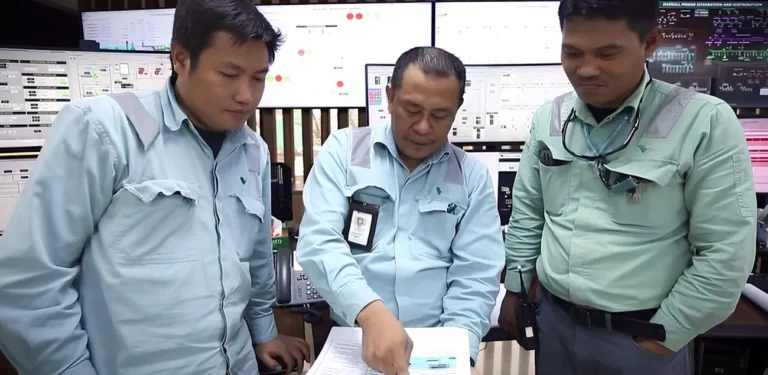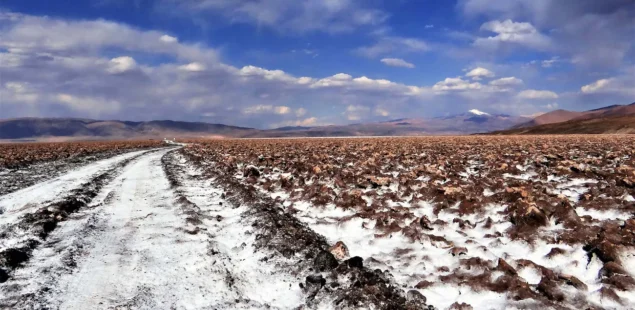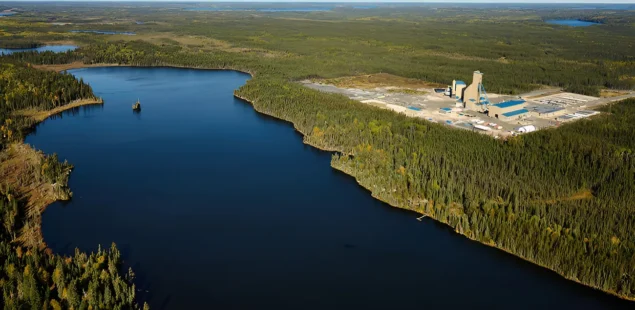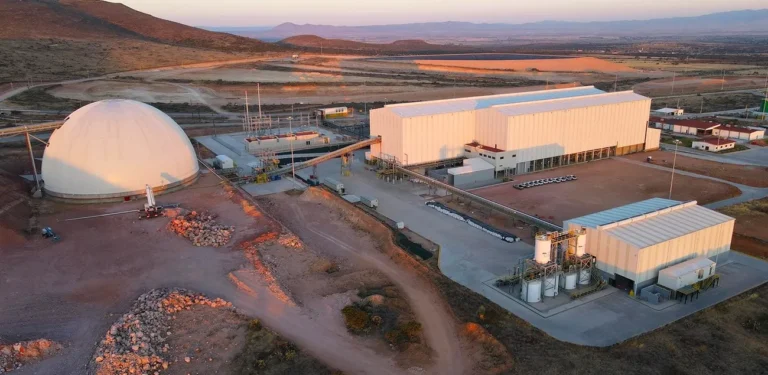
Glencore, the Swiss commodities miner-trader, and Kazzinc, its 70 %-owned Kazakh zinc and precious-metals producer, have agreed to accelerate upgrades at smelters and mines in East Kazakhstan, Akmola and the newly created Ulytau region after talks in Baar with Kazakh Ambassador Kairat Sarzhanov and chief executive Gary Nagle. The initiative follows a 53,600-tonne jump in output from the Zhairem mine that lifted Glencore’s global zinc production to 905,000 tonnes last year and left 25,000 tonnes of unsold metal stockpiled in Kazakhstan.
Modernisation Drive Across Three Regions
Managers from Glencore’s Nickel-Zinc division told the delegation that engineering studies for a multi-year upgrade programme at the Ust-Kamenogorsk smelter and Ridder and Maleevsky underground mines are “substantially complete”. Work will include sulphur-capture systems designed to cut SO₂ emissions by more than half, new paste-fill plants to improve tailings stability and automation of hoisting and ore-handling lines. A separate feasibility study is under way at Zhairem, where haulage constraints have slowed concentrate evacuation; options under review range from a dedicated rail spur to partial on-site refining.
In Akmola, Glencore plans to restart exploration around the dismantled Vasilkovskoye gold pit to test for polymetallic zones containing zinc and rare earth elements (REEs). In Ulytau, drilling has begun on the Shokpar prospect, targeting nickel-bearing ultramafics about 60 km south-west of the Zhairem concentrator. The company said capex and timelines will be disclosed with its 2025 guidance in February.
Rare-Earth Ambitions Align with Kazakhstan’s Critical Mineral Strategy
Kazakhstan has identified 2.6 million tonnes of REE resources and this year opened auction blocks to foreign bidders after signing a €3 million ($3.52 million) co-operation accord with the European Union in March. Sarzhanov told reporters that Astana “is keen to leverage Glencore’s processing technology to move beyond bulk concentrate exports”. Glencore, for its part, sees potential synergies between its nickel hydrometallurgical know-how and REE separation circuits, especially as energy-transition industries look to diversify away from Chinese supply.
Market Signals: Zinc and Nickel Pricing
Base-metal prices offer a mixed backdrop. Benchmark LME zinc cash prices are hovering near $2,820 per tonne after rallying 4 % since January on restocking by alloy producers, while nickel has stabilised at roughly $15,530 per tonne following last year’s slide. Treatment charges for zinc concentrates have flipped negative for the first time, squeezing smelter margins but supporting miners’ case for value-added processing at source. Analysts expect global zinc demand to rise 2–3 % this year, driven by galvanised-steel orders in Southeast Asia, although the market may return to surplus once idled Chinese smelters restart.
Company Background and Market Context
Glencore controls more than 60 industrial assets worldwide and booked $217 billion of revenue in 2024. Zinc accounted for 11 % of EBITDA, with Kazzinc contributing the bulk. Kazzinc was formed in 1997 from a merger of Ust-Kamenogorsk, Ridder and Zyryanovsk plants and has grown into Kazakhstan’s largest non-ferrous producer, turning out 227,500 tonnes of zinc, 55,000 tonnes of lead, 66,000 tonnes of copper, and over 500,000 troy ounces of gold and silver in 2024. The Zhairem expansion lifted ore throughput to 4.2 million t and is slated to reach nameplate 5 million t in 2026, positioning the mine among the world’s top-ten zinc operations.
Astana has declared mining a strategic pillar alongside oil and gas and is courting Western capital to fund critical-mineral projects that could plug supply gaps in electric-vehicle batteries, wind turbines and defence electronics. The government is finalising incentives—royalty holidays, infrastructure grants and fast-track environmental permits—to attract partners such as Glencore, Canada’s Neo Performance Materials and South Korea’s Hyundai.
Zinc, the metal galvanising most of the world’s steel, is tightly linked to construction and durable-goods cycles. After a subdued 2023, demand from re-opened Chinese infrastructure projects and recovering European automotive output lifted prices by roughly 5 % year-to-date. Exchange inventories sit near decade-lows, and negative treatment charges signal concentrate scarcity. Whether the price momentum endures hinges on the pace of economic stimulus in China and the timing of green-energy infrastructure spending.



